As an Amazon Associate I earn from qualifying purchases.
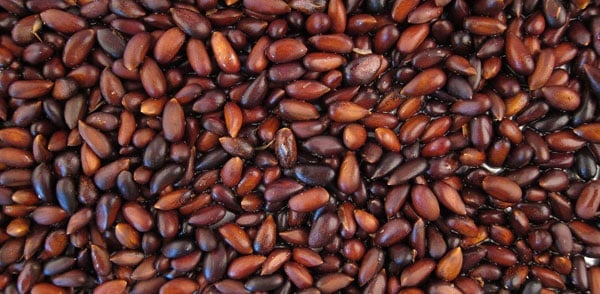
If you’ve ever bought pine nuts in the store, chances are you’re eating Chinese imports that are often of dubious origin. And even if you are vigilant about where your pine nuts come from and buy, say Italian pine nuts, you may get high quality, but you pay for it through the nose.
Why aren’t there American pine nuts, you ask? Well, there are. You just have to go find them yourself. It requires some persistence, but here’s how to harvest pine nuts.
First off, you really must live in the West to do this. Unless you can find a stray Italian stone pine planted somewhere as a landscaping tree, eastern pine nuts are too small or have shells too hard to bother with. Sorry, guys.
If you are in the West, you are mostly looking for two types, both called piñons: Pinus edulis and P. monophylla. Yes, a few other pines have good-tasting nuts, chiefly the sugar pine and the gray pine, which I’ve written about before. But the real action is with the two piñons.
Where to find them?
Pinus edulis is mostly a tree of the Southwest, and you can look for is from San Bernardino County in California to most of Arizona, New Mexico and Utah, southern and western Colorado, two southern counties in Wyoming, and two counties outside of El Paso, Texas.
Pinus monophylla is a Great Basin tree, and you’ll find it on the eastern side of the Sierra Nevada in California, as well as throughout SoCal, almost all of Nevada and Arizona, all of western and southern Utah, two southern counties in Idaho, and, weirdly, Luna County in New Mexico.
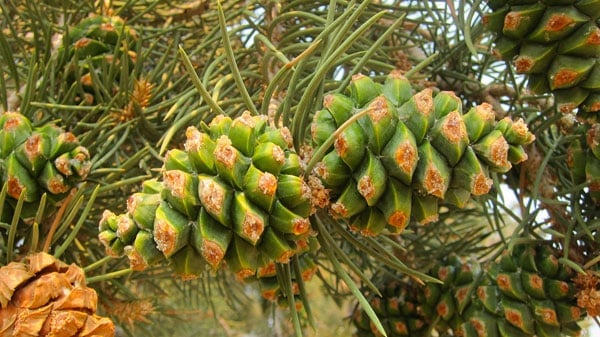
Both are rather scrubby looking pine trees that like the high desert. The tree at right is a singleleaf piñon — P. monophylla — in eastern California and is typical of the species. P. edulis, the two-leaf piñon, is similar-looking if not even scragglier.
Once you find some trees, start scoping them out in early August. You’re looking for trees that have lots of green pinecones on them. Not every tree will set cones, and only Mother Nature knows why. But you can find loaded trees next to barren ones. Sometimes small variations in elevation or whether the trees are on a north or south face of a slope can matter a lot. Once you find the trees, remember where they are.
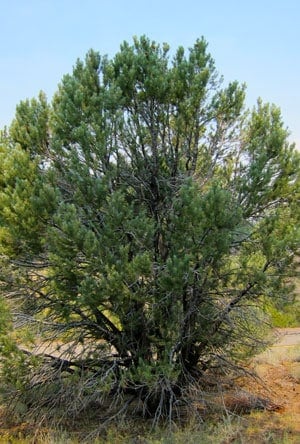
Return to them around Labor Day. It sounds early, but you need to beat the Insane Rodent Posse (IRP) to these tasty nuts. In my spot, there are several chipmunk or ground squirrel holes under each piñon and they are just waiting for each cone to open. I am betting that the nuts are gone within 24 hours of a cone opening. Under no circumstances can you wait until October to gather your nuts, or you risk them all being scurried away by the IRP.
How to gather? First, buy a cheap pair of gardening gloves. The cones are coated in pitch, a sweet-smelling sticky resin that will get on everything. It happens to be one of the most lovely smells in the world, so it’s not all bad. But your gloves will get wrecked, so be prepared for that. Pick each cone into a paper grocery bag.
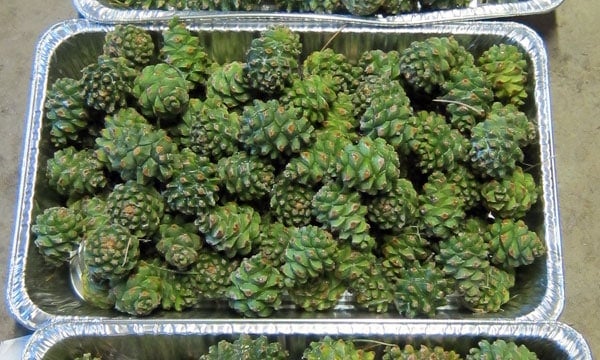
When you get home, lay the green cones out in cheap foil roasting trays or some other shallow, wide container you can stack no more than two cones deep — if you stack them too deep they can get moldy. Enjoy the wonderful aroma and wait. Eventually, they will begin to open on their own.
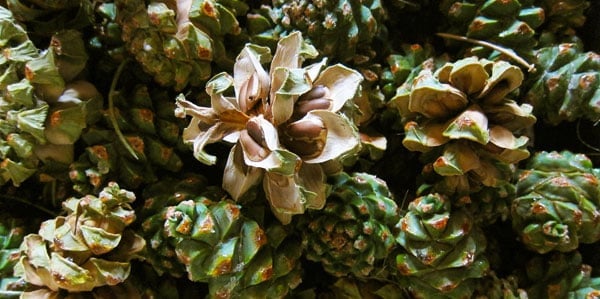
When the cones do open, about 3 weeks or so, pick out all the nuts from within. You’ll get a little pitch on your hands, but it comes off with oil.
Not all nuts will be good nuts, alas. It’s a fact of pine nut processing that can be depressing. All that waiting and work, and sometimes your yield is a crappy 50 percent or worse. It happens. At least there’s an easy way to tell if your nuts are good or not. Dump all the nuts in a bucket of water. About 85 percent of those that float are no good. The sinkers are the keepers.
There is something you can do with the floaters, however. You can mash them up — most won’t have any nut at all inside — fill a Mason jar full and cover it with vodka. Put a lid on the jar, wait a few months and bam! Pine nut bourbon. Damn good stuff.
You’ll notice something: Dark nuts are good nuts. The darker the shell, the more likely the nut is a good one. The nut on the left is a P. monophylla nut, the one on the right is from P. edulis.
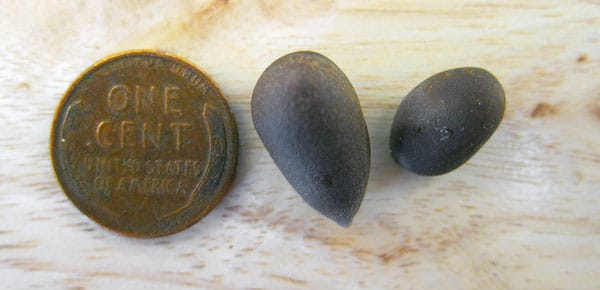
As for the good nuts, you will still need to shell them. See why store-bought pine nuts are so expensive? Sadly, there is no fast way to shell pine nuts. The most effective way is still one at a time, and believe me, I’ve tried lots and lots of different ways to shell these little buggers. This video shows it really well.
Once they’re shelled, freeze the nuts. In fact, freeze even the nuts still in the shell if you plan on keeping them around for more than a couple weeks. Pine nuts are surprisingly perishable. Once frozen, however, in-shell pine nuts will keep for 2 years or more. Oh, and don’t forget to use the shells for more pine nut bourbon…
Looking for pine nut recipes? Here are three of my favorites:
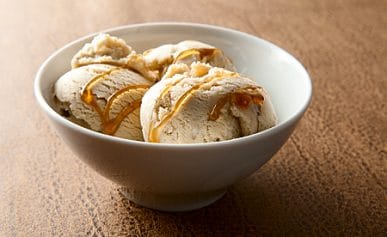
Pine Nut Ice Cream
A pine nut and honey ice cream I am proud of. Awesome drizzled with desert honey, or pine syrup.
Read More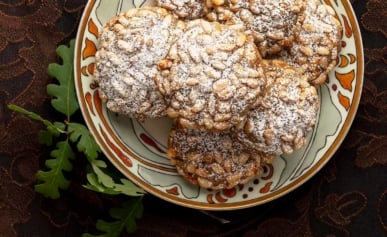
Pine Nut Cookies
Killer pine nut cookies! Easy to make and, like potato chips, hard to eat just one…
Read More
Pine nut encrusted trout reflects the flavors of the Great Basin, where both are native.
Read More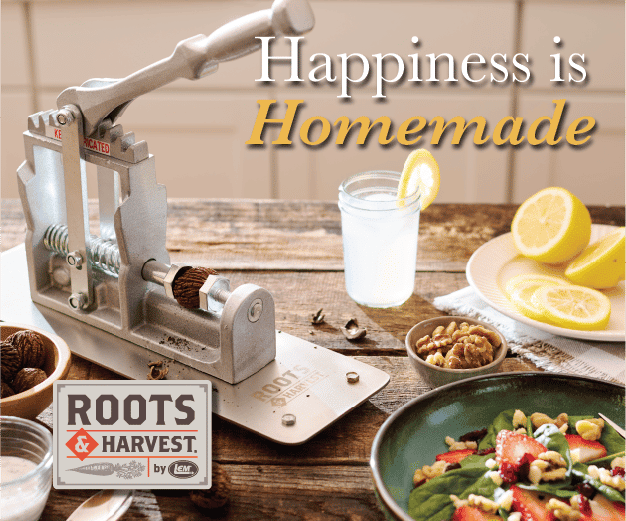

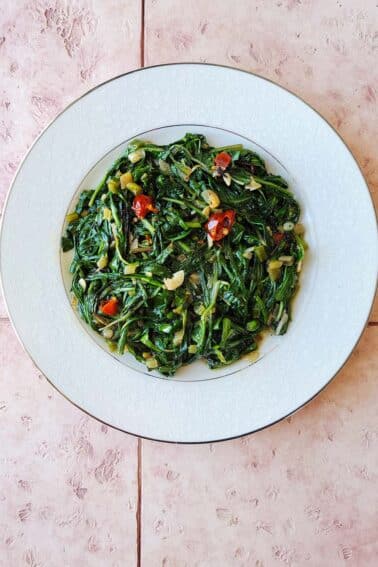
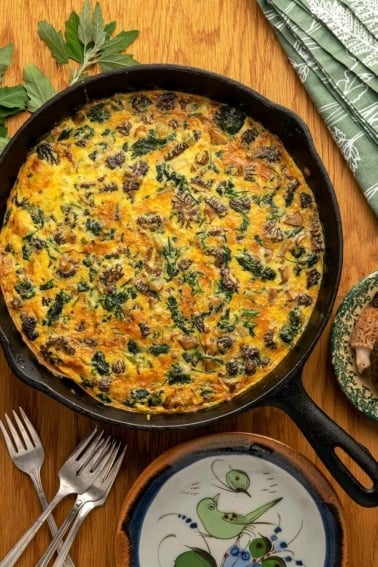
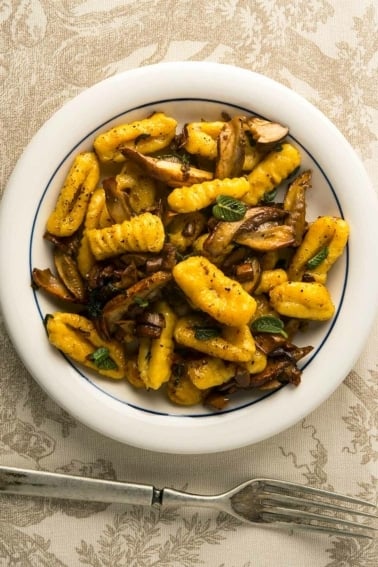
I came across your website recently while researching pine nut recipes. We are in NM and have access to many pine nuts. I’d like to make the pine nut bourbon you mentioned for family for the holidays but I’m confused. Some recipes say to do so with whole pine nuts but you say just the shells. Is there a difference? If I used the shells do I need to strain it? Thank you for any advice you have.
I live in Northern Nevada and have many, many pinion pines on our property. I only have 2 trees with pine cones that I can readily see, we have 2 acres. The cones are open and still have several seeds so I picked the ones I can easily reach. I read your recipe of pine nuts covered with “vodka” for your bourbon. I have read others that use corn whiskey. Which is it, vodka or corn whiskey? Thanks.
Deb: Doesn’t really matter. Use what you like. I have started to use a mediocre, but drinkable bourbon as a starter.
this was super helpful!
THANKS FOR TELLING ME ABOUT THE PINE NUTS… I HAVE THE LONG NEEDLE PINE TREES IN NC…AND I JUST WONDERED IF I COULD GET SOME OF THOSE PINE NUTS OUT OF THOSE.
not sure though all pine cones have nuts/seeds most are too small or hard. however even if they’re small or hard you should be able to use them for bourbon or cooking them some soften them enough right? now this makes me want to use the sap to create some oil burner scents if possible
Hey Hank, I live in SW Co. where there’s lots of Pinon trees. I got a bunch of cones last year and ended up using most of the seeds for bourbon. It turned out amazing! This year I noticed in mid-summer that most trees around here had small cones developing. I thought, awesome, it’ll be a great year. Then I went out to collect them last week and there were practically no pine cones! I found enough to make a batch hopefully. Any thoughts on what happened to the cones this year?
Joe: They probably dropped off. Climate, weather, etc. can do that.
May I ask the names of the two counties in Idaho ?
Thank you!
I never knew this. Fun to learn.